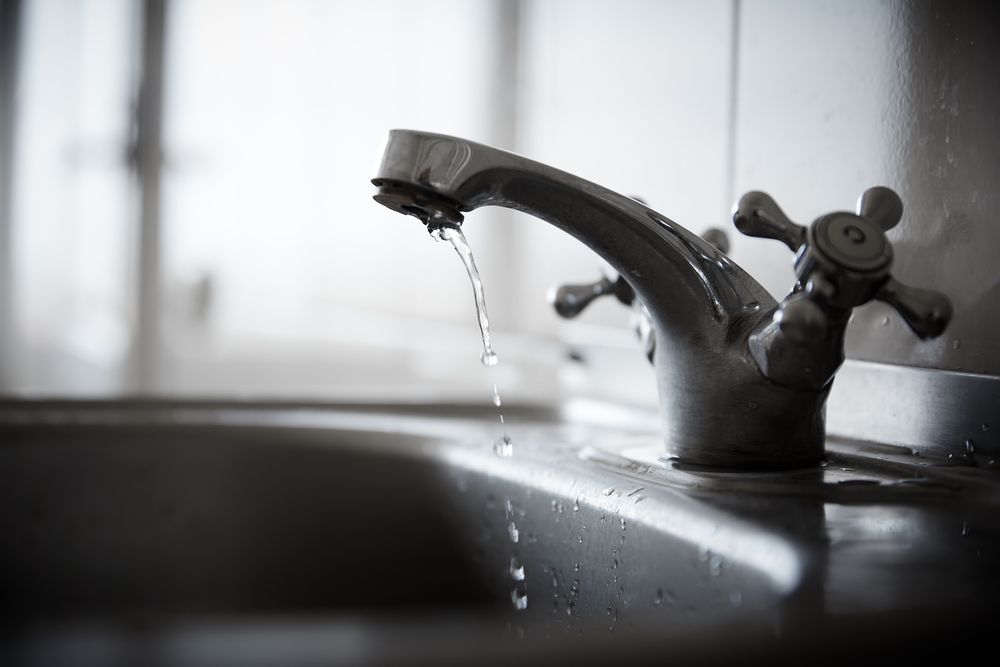In addition to the dripping noise in the sink, a leaky faucet can have significant economic and ecological consequences! It is estimated that almost 40% of leaky faucets are not repaired quickly. The vast majority is simply because the property residents are unaware of the problem or choose not to make repairs at the time. On the other hand, others try to fix the faucet but cannot and do not want to hire a professional plumber who can offer the best service you can find because they want to be too expensive.
Use the table to determine losses by type of leak; you will find faucet dripping by:
- Slow drip;
- Average;
- Fast;
- Very fast;
- 2 mm fillet;
- 4 mm fillet;
As we can see, a faucet that drips continuously can cause water loss of 4 liters per hour, which corresponds to about 30 m 3 each year. Individuals with a tap leak often notice a significant increase in their water bills. It’s probably better to invest in the repair because it will almost double your daily water consumption!
Why Is A Faucet Leaking, And How To Fix It?
When a faucet is dripping and doesn’t close properly, several factors can be involved. It is not recommended to force and tighten one more dripping faucet when it is closed. It’s time to replace the tired parts. This is why we recommend that you start with an investigation to determine the root cause of the faucet problem.
Dripping Faucet How To Repair
First, identify the type of faucet, as one brand may have some components that are different from the other and are not repaired in the same way. Then try to locate the source of the leak.
In most cases, the most common problems of why a faucet keeps dripping without stopping have more to do with the seal and repair for the faucet, materials that wear out over time and close the gaps between pipes and faucets, preventing dripping.
A few simple actions are recommended before you start. To avoid flooding the kitchen or bathroom, prefer to turn off the water supply. You can do this by closing the main valve, located near the water meter, and also closing the kitchen or bathroom water valve in question.
Also, close the sink’s drain where you will carry out the work and do not force the parts to be removed too much, as you run the risk of breaking them and making the situation worse. Finally, to avoid disappointment, remember to keep a log during disassembly; you can do this by taking some pictures while disassembling the faucet parts or meet licensed contractors.
You may also like
-
What do loyalty points get you in most online casinos?
-
Sealcoating Orlando: Protecting Your Pavement Investment in the City Beautiful
-
Fire Sprinkler Companies – Protecting Businesses with Advanced Fire Safety Solutions
-
Why Joining Austin’s House Builders Association is a Game-Changer for Your Business
-
Exploring CalExotics: A Comprehensive Guide to the World’s Leading Adult Toy Brand


